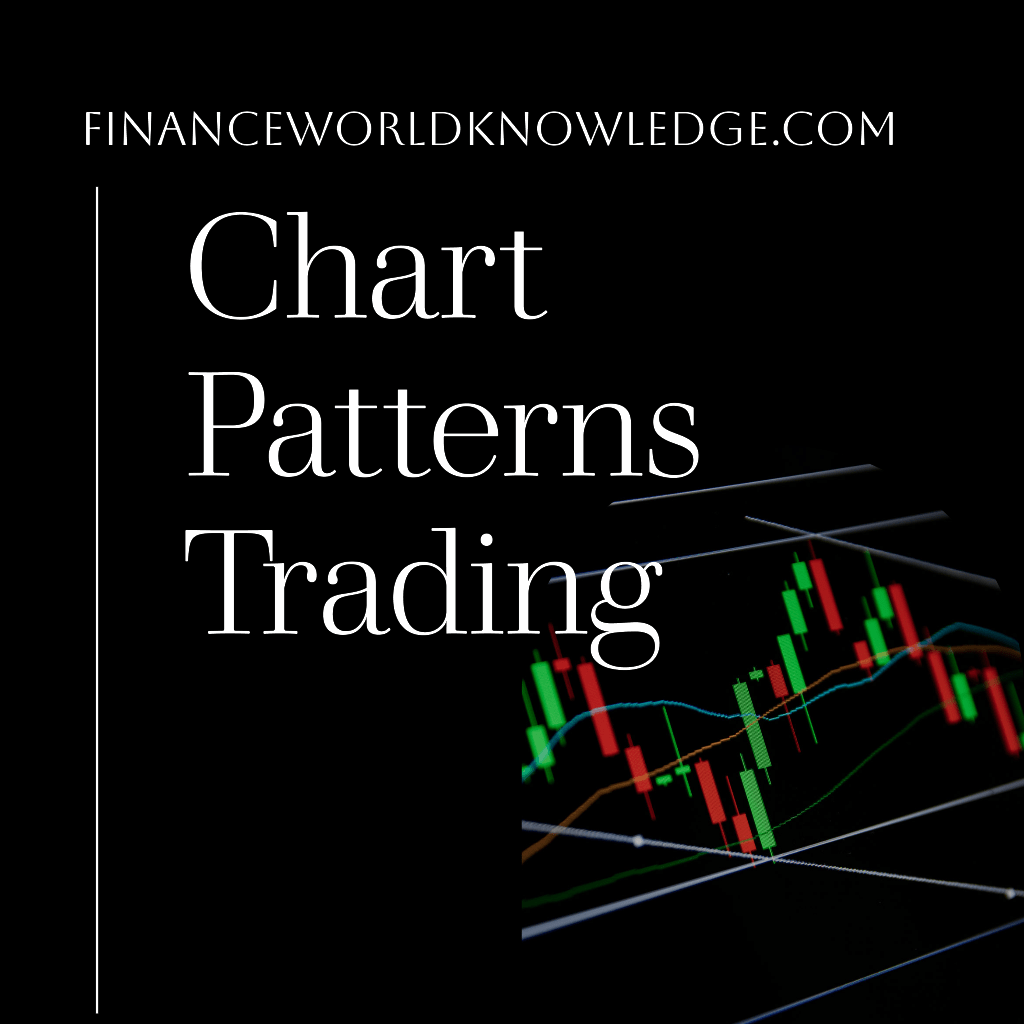
Mastering Chart Patterns Trading: A Comprehensive Guide to 15 Key Indicators for Optimal Market Navigation
Introduction:
In the intricate landscape of financial markets, the fusion of technical analysis and chart patterns with indicators becomes a cornerstone for successful trading. This article delves into the details of 15 critical indicators, shedding light on their functionalities and showcasing their applications through real-world use cases.
Moving Averages (MA):
Why Use:
Moving Averages (MAs) are foundational indicators that smooth out price data, providing a clearer picture of trend direction. The Exponential Moving Average (EMA) reacts more swiftly to recent price changes, making it especially useful for short-term analysis.
Use Case:
Consider a scenario where a 50-day EMA crosses above the 200-day EMA. This “Golden Cross” is often interpreted as a signal of a potential trend reversal, indicating a shift in market sentiment.
Relative Strength Index (RSI):
Why Use:
RSI measures the relative strength of recent price movements, offering insights into overbought and oversold conditions. It aids traders in confirming trends and anticipating potential reversals.
Use Case:
If the RSI reaches above 70, the market is considered overbought, suggesting a potential downturn. Conversely, an RSI below 30 indicates oversold conditions, hinting at a possible upward correction.
Bollinger Bands:
Why Use:
Bollinger Bands consist of a simple moving average and two standard deviation bands. They visualize volatility and potential reversal points by identifying periods of price consolidation or expansion.
Use Case:
Narrowing Bollinger Bands suggest decreasing volatility, indicating a potential breakout. Traders might prepare for an imminent price movement by closely monitoring the situation.
MACD (Moving Average Convergence Divergence):
Why Use:
MACD combines two moving averages to identify changes in trend momentum. It is particularly effective in recognizing potential trend reversals or continuations.
Use Case:
A bullish MACD crossover occurs when the MACD line crosses above the signal line. Traders may interpret this as a signal to enter a long position, anticipating further upward movement.
Stochastic Oscillator:
Why Use:
The Stochastic Oscillator measures the momentum of price movements and identifies overbought or oversold conditions, helping traders anticipate potential trend reversals.
Use Case:
A crossover of the %K and %D lines below the 20 level may indicate oversold conditions, suggesting a potential buying opportunity.
Average True Range (ATR):
Why Use:
ATR quantifies market volatility by measuring the average range between high and low prices over a specific period. Traders use ATR to set appropriate stop-loss levels.
Use Case:
During a downtrend, an increase in ATR signals heightened market uncertainty, prompting traders to adjust their risk management strategies accordingly.
Fibonacci Retracements:
Why Use:
Fibonacci Retracements identify potential reversal levels based on key Fibonacci ratios, helping traders identify potential entry or exit points.
Use Case:
A stock retracing to the 61.8% Fibonacci level before resuming an uptrend might signal a strong level of support and a potential buying opportunity.
Ichimoku Cloud:
Why Use:
The Ichimoku Cloud provides a comprehensive view of support, resistance, and trend direction, helping traders make more informed decisions.
Use Case:
If the price is above the cloud, it indicates a bullish trend, while a price below the cloud suggests a bearish trend.
Volume Weighted Average Price (VWAP):
Why Use:
VWAP calculates the average price weighted by trading volume, offering insights into the average entry point of market participants.
Use Case:
If a stock consistently trades below VWAP, it may suggest weakness, prompting traders to reevaluate their positions.
On-Balance Volume (OBV):
Why Use:
OBV measures buying and selling pressure based on volume, assisting traders in confirming trends and identifying potential reversals.
Use Case:
Divergence between OBV and price may indicate a potential shift in the direction of the trend.
Parabolic SAR:
Why Use.
The Parabolic SAR identifies potential reversal points in a trend, helping traders set trailing stop-loss levels.
Use Case:
A shift in SAR points from above to below the price may indicate a potential trend reversal, prompting traders to adjust their positions.
Williams %R:
Why Use:
Williams %R measures overbought and oversold conditions, aiding traders in identifying potential trend reversals.
Use Case:
When Williams %R reaches oversold conditions (below -80), it might suggest a potential buying opportunity.
Chaikin Money Flow (CMF):
Why Use:
CMF measures the flow of money in and out of a security, providing insights into buying or selling pressure.
Use Case:
Divergence between CMF and price may indicate a potential reversal or continuation of the trend.
Average Directional Index (ADX):
Why Use:
ADX measures trend strength, helping traders determine the strength of a current trend.
Use Case:
An ADX rising above 25 may indicate a strengthening trend, influencing traders to consider trend-following strategies.
Williams Alligator:
Why Use:
The Williams Alligator consists of three moving averages, helping traders identify the direction of a trend.
Use Case:
The alignment of the Alligator’s jaws, teeth, and lips may indicate a potential trend reversal, prompting traders to reassess their positions.
Real-World Application:
Imagine a trader employing a combination of RSI, Bollinger Bands, and MACD. The RSI identifies overbought conditions, Bollinger Bands signal decreasing volatility, and a bullish MACD crossover suggests a potential trend reversal. This alignment becomes a powerful signal, prompting the trader to enter a short position and subsequently reaping profits as the stock follows the expected pattern.
Conclusion:
Mastering the use of indicators in chart patterns trading involves a deep understanding of each tool’s unique capabilities. By incorporating a diverse range of indicators, traders can navigate the intricate world of financial markets, making informed decisions that contribute to long-term success. Continuous learning and adaptability remain key as traders refine their strategies to align with changing market conditions.







Leave a Reply